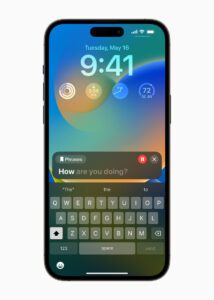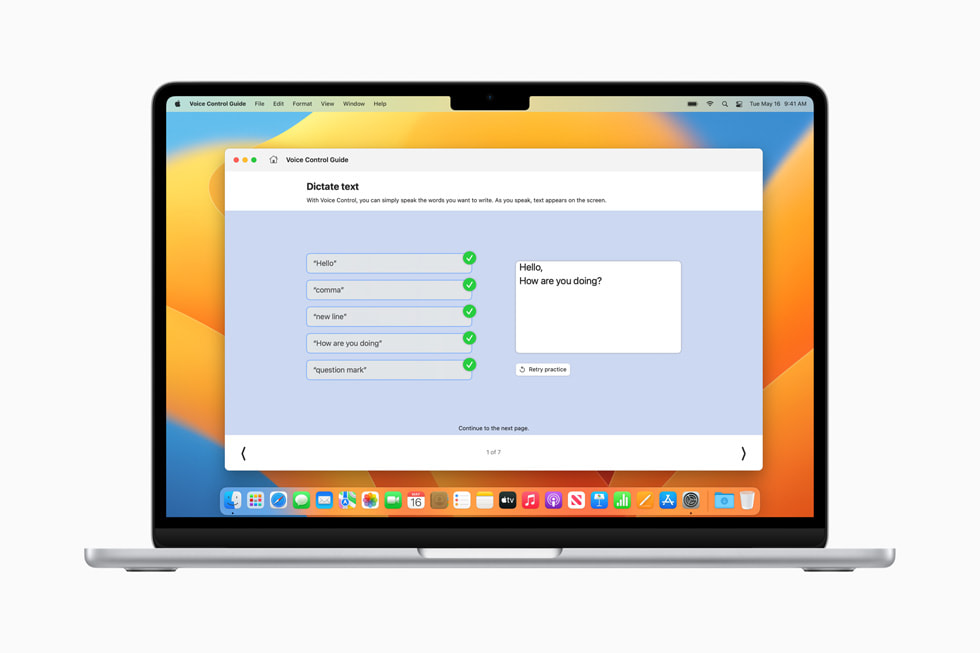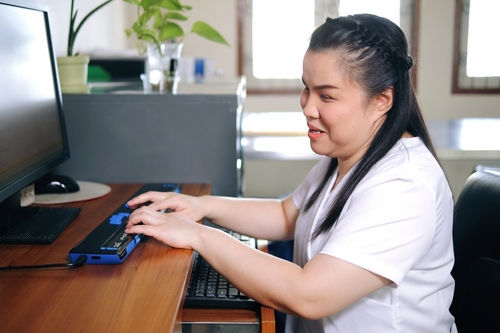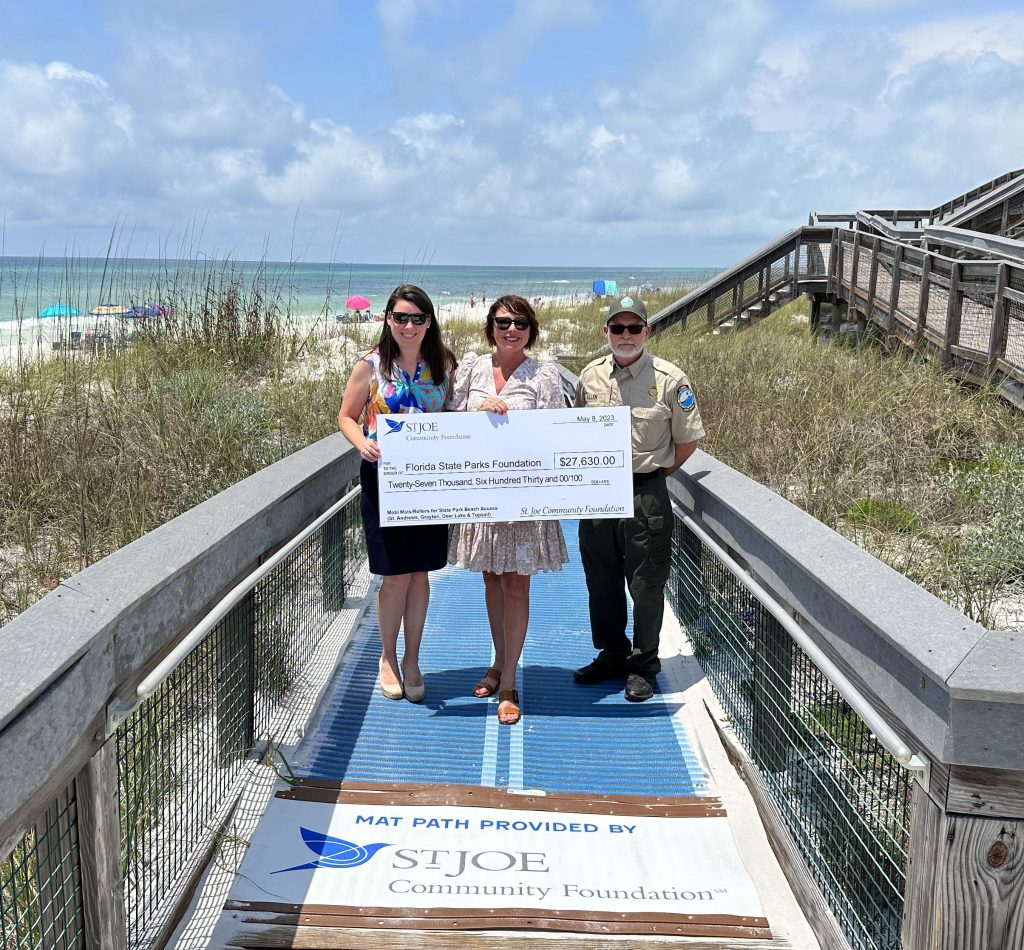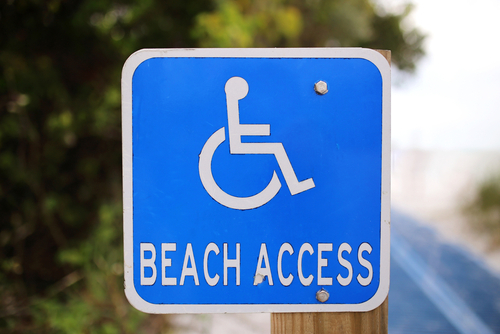Everyone (over six months of age) – with and without disabilities – should wear sunscreen, according to the American Academy of Dermatology Association. Sunscreen helps prevent skin cancer, the most common cancer in the United States, and halts premature aging (i.e., wrinkles and age spots). An estimated 1-in-5 Americans will develop skin cancer in their lifetime and, of course, this figure includes many people with disabilities. That’s why experts recommend that all people, regardless of skin tone, apply daily sunscreen. But are sunscreens inclusively made? AmeriDisability sought out expert sunscreen tips for people with disabilities...
First, it’s important to note that sunscreen isn’t the only way to proactively shield skin from the sun. Dr. Fayne Frey, a board-certified and nationally recognized dermatologist practicing in New York, tells AmeriDisability that people can “avoid the midday sun when the ultraviolet rays are most intense” and, when possible, seek shade. Plus, she suggests minimizing the skin’s surface area left exposed to direct sunlight. That can be achieved with, for example, sunglasses, a wide-brimmed hat, a moisture-wicking UV-blocking long-sleeved shirt and loose-fitting, light-weight pants.
Applicable Sunscreen Tips for People with Disabilities
Consumers can be influenced by highly marketed brand name campaigns (i.e., Coppertone or Neutrogena) or even product types (i.e., gel, lotion, oil, powder, spray). But, quite simply, the best sunscreen is the one you can and will use! For people with certain disabilities and/or chronic skin conditions, application ease and comfort-level (texture, scent and application method) may take priority.

“Individuals with eczema and/or sensory sensitivities may fare better with fragrance-free physical sunscreens (ones with titanium dioxide or zinc oxide), as these filters are more inert and cause fewer skin reactions,” Dr. Frey offers. But she warns consumers to be weary of misleading marketing terms. For instance, those with acne, eczema, psoriasis, rosacea or other skin conditions may opt for bottles labeled as “hypoallergenic.” On her website, FryFace.com, Dr. Frey explains, however, that “there are no federal standards, guidelines or definitions that govern the use of the term ‘hypoallergenic.’ Manufacturers are not required to submit substantiation of their hypoallergenic claims to the FDA.”
So, selecting over-the-counter products can feel overwhelming, especially if accessibility is of concern. “Some folks find it easy to use a spray. Keeping in mind that sunscreen spray should never be sprayed directly onto the face but rather in the hand and then applied to the face,” Dr. Frey describes. Conversely, for people with sensitivities to sounds, a spray canister may not be the best choice. Rather, a roll-on applicator may be preferred by autistic people or individuals with sensory processing disorder.
Dr. Frey explains, “Some individuals fare better with a sunscreen stick. They rub the stick on exposed skin — making four passes over the same area [so] never needing to rub the sunscreen in.” Others who sensory-seek may actually prefer the firm pressure of applying sunblock in lotion form.
Sunscreen Tools for People with Disabilities
Sensory-Friendly Sunscreens
The Neuropsychology & Education Services for Children & Adolescents (NESCA) lists the following sunscreens are sensory-friendly:
Stick Options
- Neutrogena Wet Skin Kids Stick
- Neutrogena Dry Touch Ultra Sheer Stick
- Aveeno Baby Face Stick Sunscreen
Spray Options
Powder-Based Options
Lotions
*Sunscreen products are regulated by the U.S. Food and Drug Administration (FDA). Click here to search FDA recalls of sunscreens.*
Accessible Sunscreen Applicators
- Appligator Spray & Lotion Applicator: This light-weight applicator adds about ten inches to one’s reach.
- Back Mate: This microfiber strap allows one to wipe creams on using a smooth and even stroke.
- S-Shaped Brush: Ideal for those that benefit from sensory brush therapy, this s-shaped brush applicator curves well on the body.
- Solar Buddy Roll On Applicator Bottle: Fill this holder with the sunscreen product of your choosing to apply without messing hands. The roller ball makes application seamless.
- Triangular Power Puff: This power sponge has ribbon for finger support to aid application for those with limited mobility.
- UV Sun Stickers: These useful stickers let sunbathers know when it’s time to reapply sunscreen. As the sunblock loses its effectiveness over time, the patch presents a visual reminder by changing colors (from white to purple).
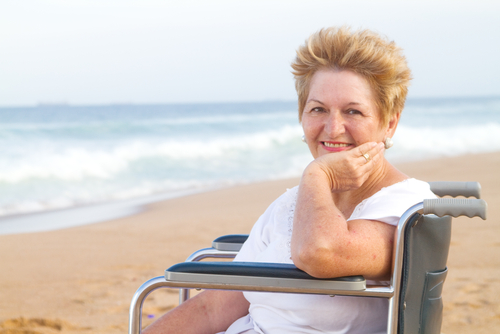
More Sunscreen Tips for People with Disabilities
- Practice the routine. Like getting dressed and brushing teeth, application of sunblock can — and should — become routine. Allow people with disabilities (especially those with sensory sensitivities) to practice application without product and then advance from there. Use visual reminders and guides if helpful.
- Make it enjoyable. Sunscreen application can feel good, almost like a relaxing massage. Applying sunscreen at the beach or pool can increase stress so, when possible, apply sunblock in a safe space at home before sun exposure.
- Try and try again. If one application method is a flop, try another.
What About Vitamin D?
Vitamin D is essential to healthy bones and teeth, as well as regulating inflammation and the immune system. Proper levels may be especially important for some within the disability community. Studies have linked vitamin D deficiencies to learning disabilities, autism and other brain conditions. But, of course, vitamin D consumption shouldn’t come at the cost of protecting one’s skin.
The body produces vitamin D as a response to sun exposure, although vitamin D levels can also be maintained through the intake of certain foods and supplements. A chronic vitamin D deficiency may cause hypocalcemia, a calcium deficiency disease and hyperparathyroidism, where the parathyroid glands create a hormone imbalance that raises the blood calcium levels.
It’s important to note that clinical studies have never found that everyday sunscreen use leads to vitamin D insufficiency. In fact, according to the Skin Cancer Foundation, the prevailing studies show that people who use sunscreen daily can maintain their vitamin D levels.








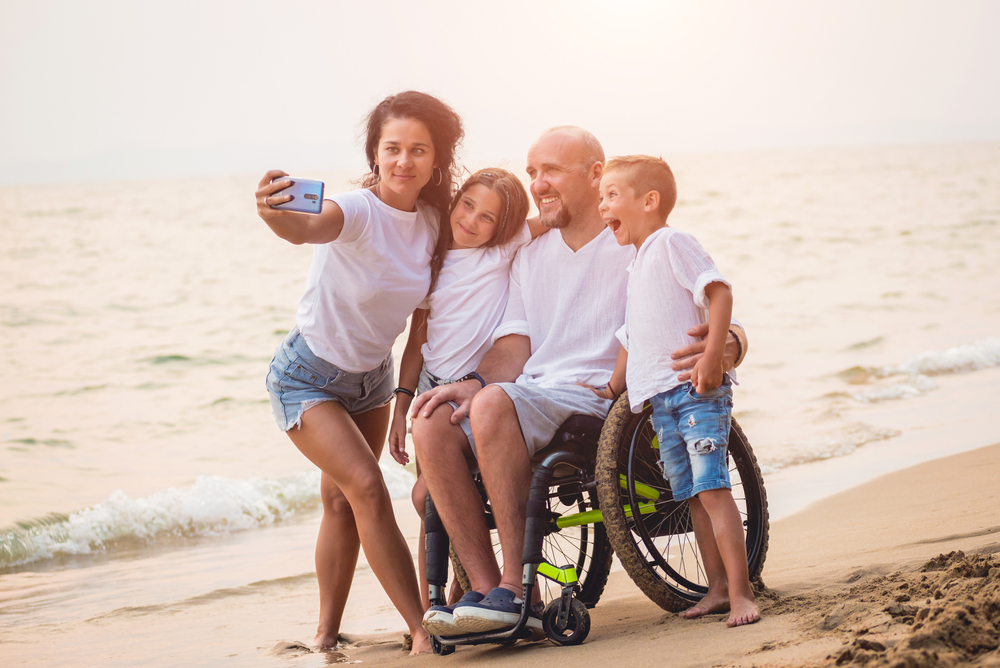

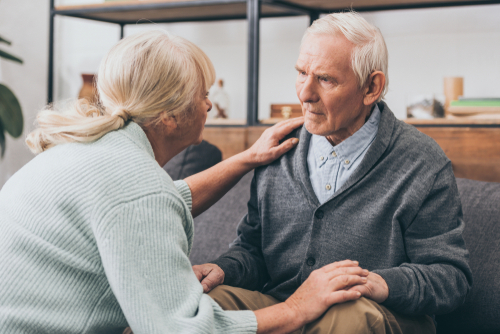

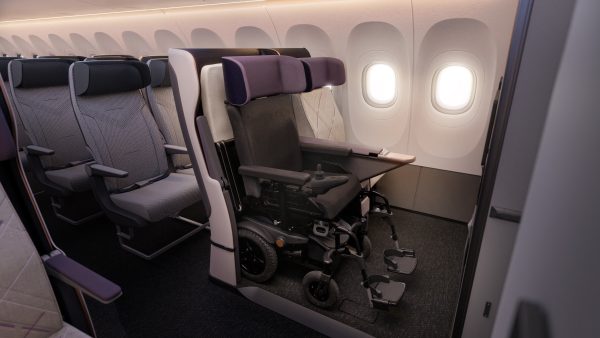

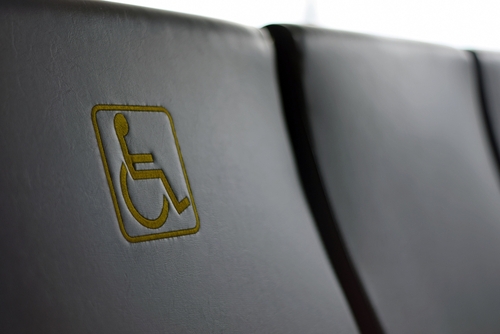
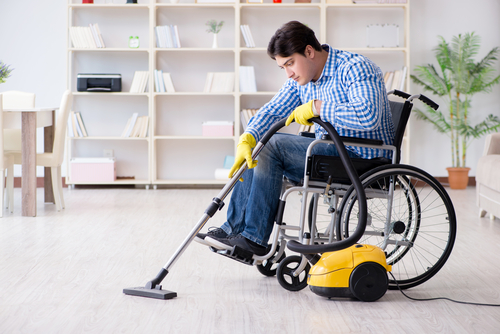
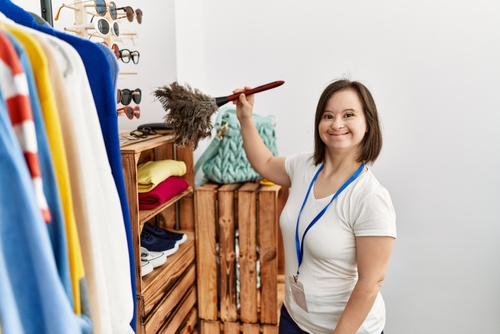
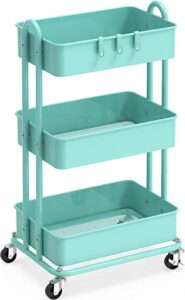
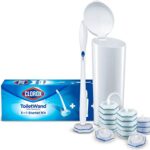 When disinfecting the bathroom “throne,” a hygienic king or queen may consider twirling a disposable toilet wand. The Clorox Toilet Wand System, for example, comes with one wand, one storage caddy, six original disposable refills and ten scented refills. When finished, just pop the used sponge head right into the trash.
When disinfecting the bathroom “throne,” a hygienic king or queen may consider twirling a disposable toilet wand. The Clorox Toilet Wand System, for example, comes with one wand, one storage caddy, six original disposable refills and ten scented refills. When finished, just pop the used sponge head right into the trash.
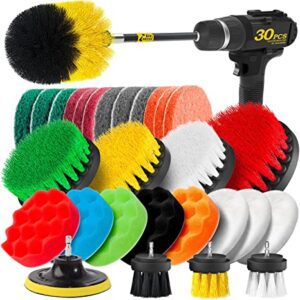
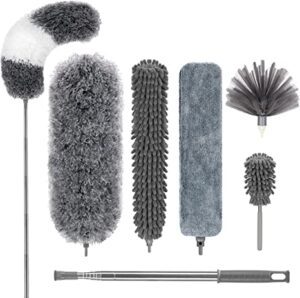
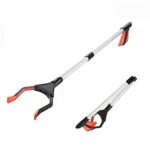 Grabber tools can make everyday tasks a bit easier for
Grabber tools can make everyday tasks a bit easier for 

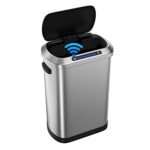
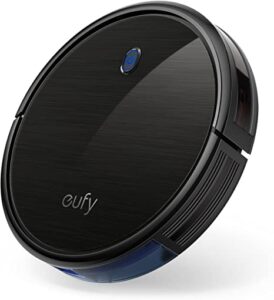
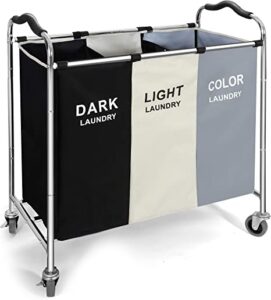
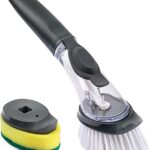
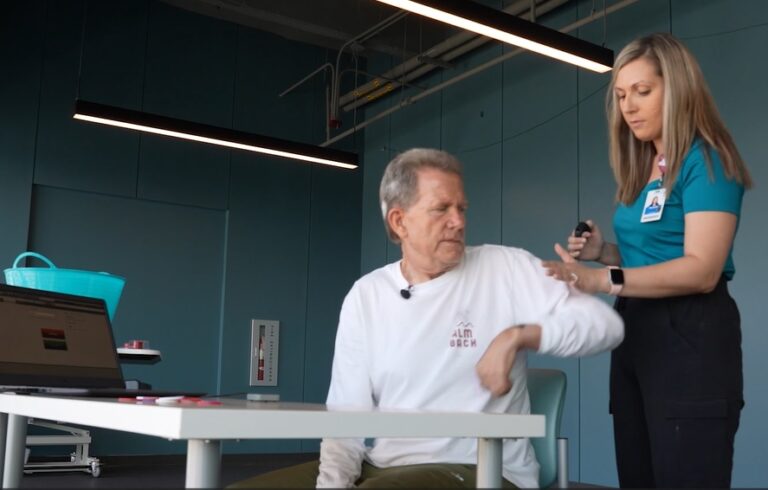

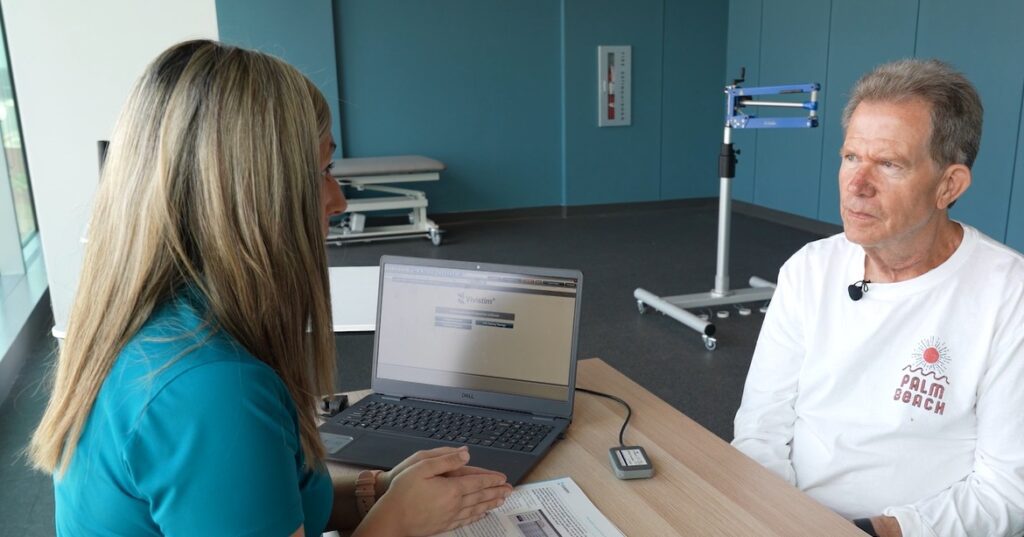




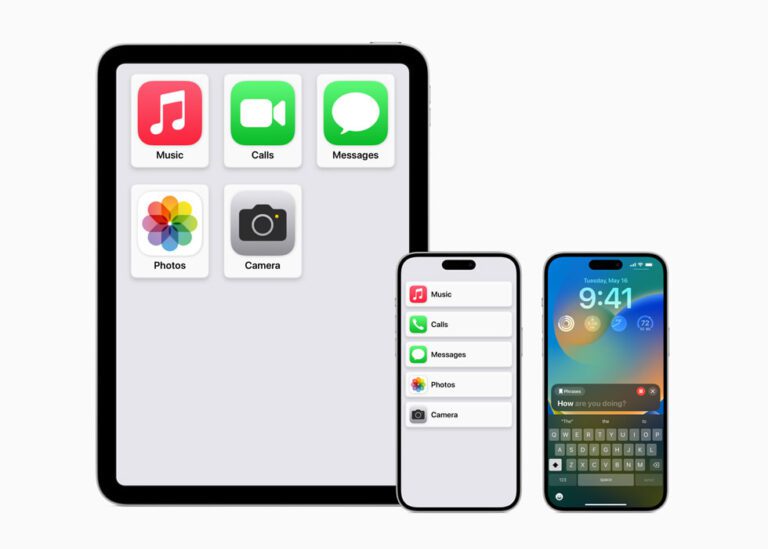
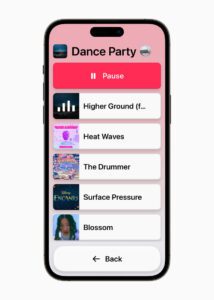 Assistive Access uses innovations in design to distill apps and experiences to their essential features in order to lighten cognitive load. The feature reflects feedback from people with cognitive disabilities and their trusted supporters — focusing on the activities they enjoy — and that are foundational to iPhone and iPad: connecting with loved ones, capturing and enjoying photos, and
Assistive Access uses innovations in design to distill apps and experiences to their essential features in order to lighten cognitive load. The feature reflects feedback from people with cognitive disabilities and their trusted supporters — focusing on the activities they enjoy — and that are foundational to iPhone and iPad: connecting with loved ones, capturing and enjoying photos, and 